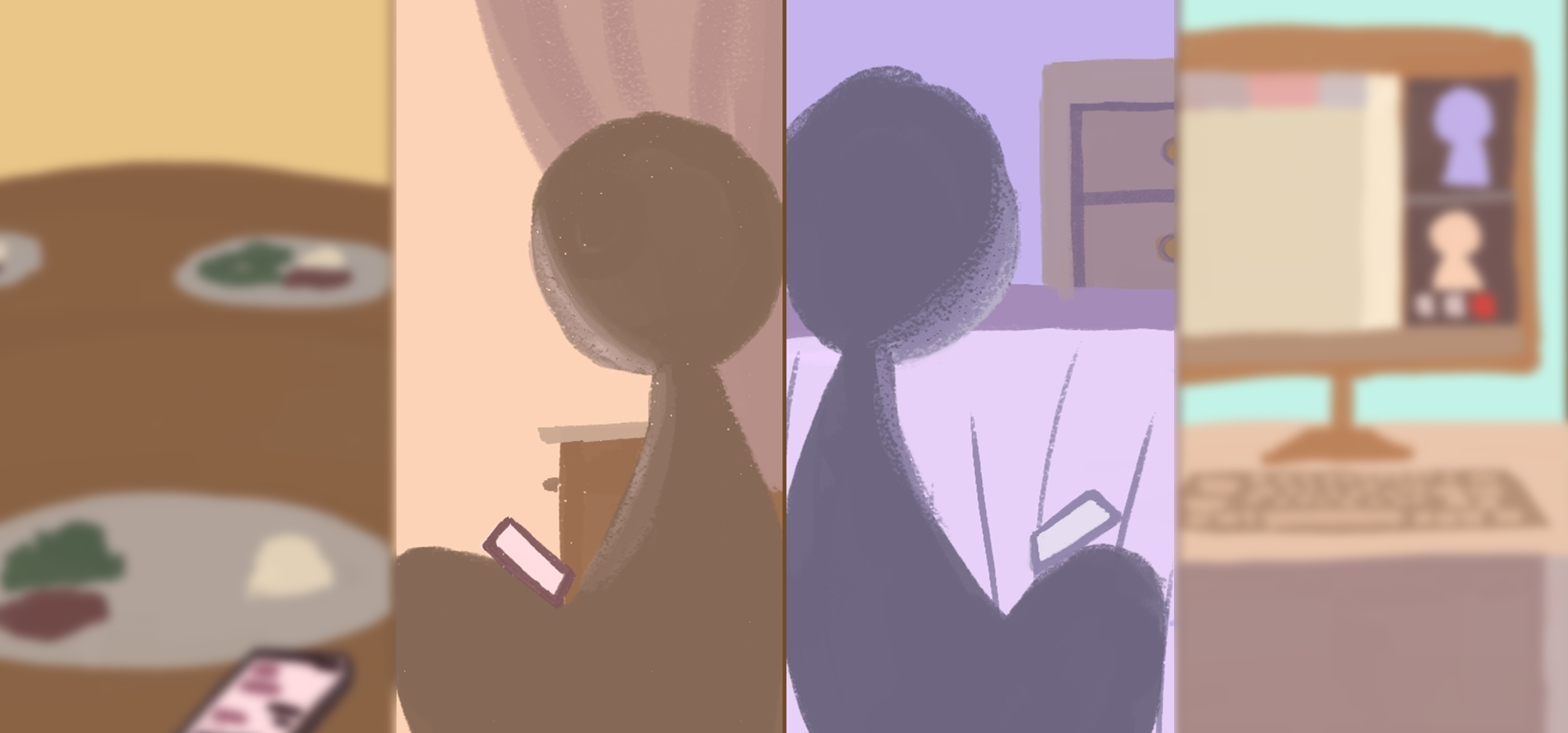Statement of Intent
When we think of games, we often think of the big league big production games. We think of the Call of Duty series, Rainbow Six Siege, Resident Evil, and the Super Mario Bros series. We think of Kingdom Hearts, Final Fantasy, League of Legends, Overwatch, Skyrim, and Legend of Zelda. Games have been gatekept, monitored, constrained to a standard of what can count as a game. Video games invade the mind when we think of games, but mobile games fight to get in. These games have a lot of production value, and their fanbases can and do stretch beyond what the intended audiences are. Players have been known to test the limits of what a game has to offer, repurposing, reimagining, reconstructing what it means to play. However, as game designers, our games could go so much farther if we bring in the player’s level of curiosity, flexibility and invention into our creation process.
First and foremost, one should realize that games are not just for fun. Although the word “fun” can be multifaceted, that is not always the intent of games. Our job as designers is to create and encourage (emotional) experiences. In fact in this regard, non-digital games can get to the core of what experience creation can be. When not worrying about game graphics or processing power, when not worrying about console compatibility and coded actions, we can focus on what it is about the words and images we choose that make people feel the way we want them to feel. Since games aim at creating scenarios and experiences, there is room for interpretation. In other words, the player is free to experience and feel without being told how to. Again, although this is done already on the side of the player, intentionality on the designer’s end can be very powerful.
This can be achieved through messages within the content, or the general format of games. Once we break away from the typical spend-reward-fighting video game structure, we can explore how to make the game structures themselves part of the experience. In fact, the act of breaking away from conventions can lead to a vast array of potential. Games no longer have to be playable, experiences don’t only come through play, instructions of everyday things become play. If we think of more than just digital play, the literary world becomes accessible. Narrative games, often times gatekept out of the gaming community, become options. Game poems become an experience in their potential absurdity. Games could be mailed and community based, compilations of other people’s work around the world. For games to become experiences and ideas that we can’t quite name or vocalize, we need a system of creation and a playground for said creation that fits our range of unnamable emotions.
Working for specific and close audiences is also often overlooked in a world where reach equals money and money equals value. I at some point thought that if a game didn’t account for as many people as possible, then it wasn’t a successful game. Although this is true for commercial games, it is not one that has to limit creativity once outside the structure of commercial games. Having a small imagined audience can and does broaden the amount of freedom you have in creation. The personal becomes another tool to play with, pun intended, and experiences can be personally refined in order to communicate clearly.
Exploring alternate modes of creation, development and design opens up a world of potential. It allows the traditionally confined community of games and gamers to spill into other aspects of life, something that can be instrumental in understanding each other as humans through human (or inhuman) experience.
Files
Get Distance From the Heart
Distance From the Heart
A game for long distance partners
More posts
- Mail Games: DocumentationJun 08, 2021

Leave a comment
Log in with itch.io to leave a comment.